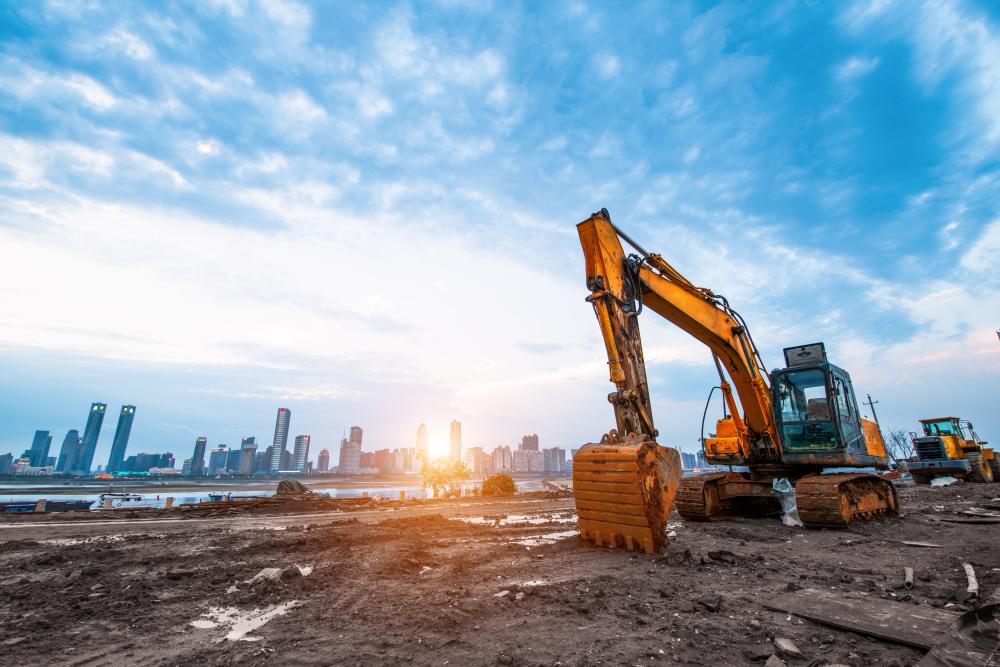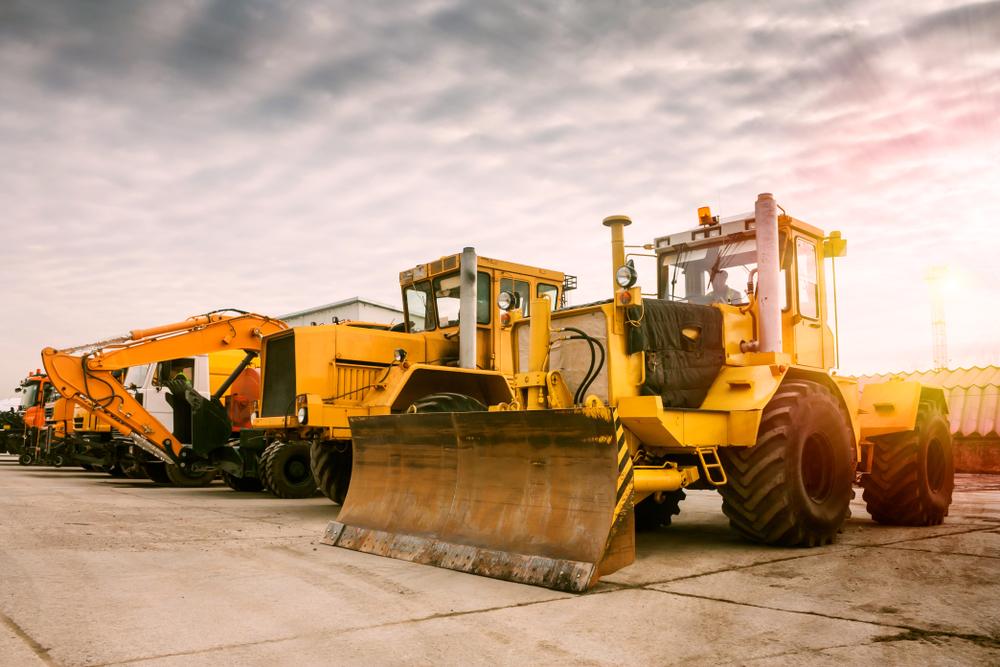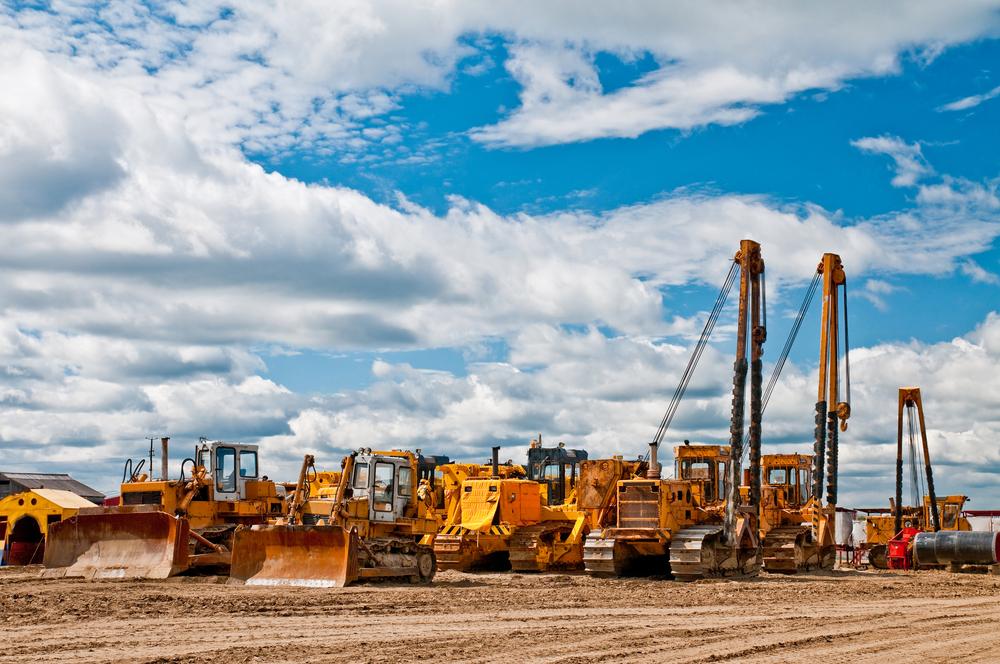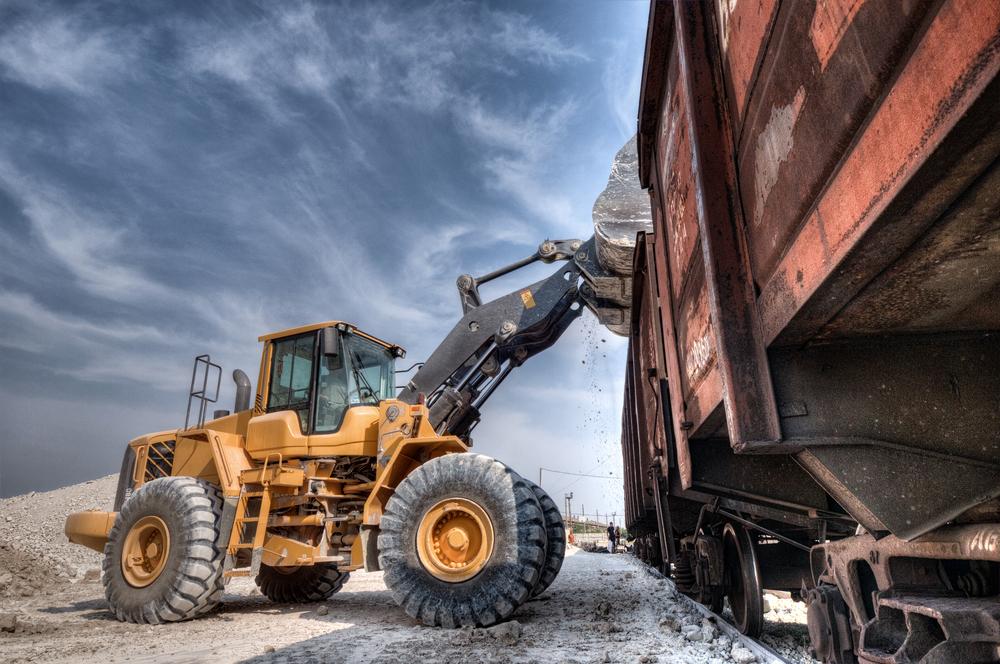
Heavy machinery plays a vital role in many areas of work, whether used for construction, mining, agriculture, or other industries.
However, this powerful equipment also poses serious risks if not handled properly. This blog post will provide an overview of heavy machinery and outline essential safety guidelines for its safe operation and transportation.
By following best practices, work sites can maximize productivity while minimizing hazards.

Importance of Handling Heavy Machinery Safely
Due to their large size and weight, heavy machines have significant potential to cause injuries or property damage if misused or mishandled.
According to the Occupational Safety and Health Administration (OSHA), hundreds of workers are killed annually from incidents involving vehicles, excavating equipment, cranes, and other heavy machinery.
Additionally, improper operation often leads to equipment breakdowns that can halt critical projects and cost businesses time and money in repairs.
Given these risks, prioritizing safety should be paramount for any organization utilizing heavy equipment.
Not only does this protect human life, but it also helps companies avoid costly fines, litigation, and lost workdays.
Statistically, businesses with strong safety cultures experience fewer accidents, higher productivity, and better employee retention over the long run. With diligent safety protocols and well-trained operators, heavy machinery can be operated responsibly without compromising job efficiency or timelines.
Understanding Heavy Machinery
Before explaining how to carry heavy machinery safely, it's worthwhile first clarifying what exactly is meant by the term and where you can expect to find it.
Definition and Types
Considered "heavy" based on their size, weight, and power capabilities, these machines generally weigh several tons or more. Some common types include bulldozers, excavators, heavy cranes, forklifts, backhoes, loaders, haul trucks, and pavers.
Heavy machinery performs functions like digging, lifting, material handling, transportation, and construction activities that regular tools and manual labor alone can't accomplish.
Common Uses and Industries
While heavy equipment has a variety of applications, its use is concentrated in key sectors like construction, mining, forestry, quarrying, waste management, and energy/utilities.
Machines grade the land on construction sites, lift and place structural elements, demolish buildings, and more. In mining, they extract and transport coal, ores, minerals, and aggregates. Logging operations rely on heavy machinery to remove trees and brush and transport lumber.
Other vital uses include earthmoving for road building, land development, and agricultural field preparation.
Key Components and Features
Nearly all heavy equipment shares a standard set of components tailored for their intended purposes, including:
- Powerful engines (diesel or gas) enable lift capacities for giant cranes to go from several tons to over 100 tons.
- Hydraulic systems utilize pressurized fluid to provide mechanical advantage for operations like digging and lifting.
- Solid frames and chassis engineered to support heavy counterweights or loads.
- Depending on the machine type, I have enclosed cabs or operator compartments for controlling equipment via levers, pedals, joysticks, and touchscreens.
- Attachments like buckets, blades, shears, or grapples are customized for specific tasks.
- Large, rugged tires or tracks for traction in changing terrain.
- Lights, horns, and backup alarms to increase visibility and safety.

Safety Guidelines for Handling Heavy Machinery
Here are some standard guidelines for safely handling heavy machinery:
Pre-operation Checks and Inspections
Before each shift or use, operators must conduct thorough pre-operation checks to identify any issues or defects. This includes visually inspecting all critical components like frames, wiring, hydraulics, tires/tracks, lights, and safety equipment. Fluids should also be checked and replenished if needed. Any malfunctions detected must be reported and repaired by qualified mechanics before further operation.
Operator Training and Certification
Given their complexity and potential hazards, only thoroughly trained individuals should operate heavy machinery. Employers are responsible for providing classroom and hands-on training that covers machine specifications, control functions, safety protocols, and field operations. Many jurisdictions also mandate operator certification upon completion of approved programs. Recertification may be periodically required as well.
Proper Use of Safety Equipment
Safety begins with properly using all required personal protective gear, such as hard hats, high-visibility vests, sturdy boots, eye protection, and specialized equipment like fall arrest systems where needed. Seat belts must also be worn at all times in equipment with rollover protection structures. Devices like backup cameras and proximity detection further aid in accident avoidance.
Importance of Maintenance and Repairs
Heavy machinery experiences considerable wear and mechanical stresses over time, even when used conscientiously. Thus, adherence to mandated inspection, service, and repair schedules is imperative. Catching small problems before they worsen can prevent equipment failures with profound safety implications. Records should document all maintenance work for quality control and regulatory compliance purposes.
Techniques for Carrying Heavy Machinery
Here are some standard methods for moving or transporting heavy machinery:
Loading and Unloading Methods
Using lifting eyes, cranes, forklifts, or other special rigging equipment suited for the task, machinery must be carefully placed onto transport vehicles to avoid instability or tipping. Operators should avoid overreaching with lifting machinery and stand clear of suspended loads. Counterweights should remain attached during transport whenever possible for stability.
Transportation and Equipment
Depending on machine size and intended route, flatbed trucks, dollies, trailers, and modular transports are commonly utilized. All equipment for hauling heavy loads requires proper maintenance, safety lighting, mud/snow chains (if needed), secured tie-downs, and safe load distribution. Legal weight limits and oversize/overweight permits must also be followed based on jurisdiction.

Lifting and Hoisting Techniques
Special lifting techniques apply for heavy machinery parts, assemblies, or entire units needing elevation with cranes, hoists, or jacks. Operators should only lift loads within rated capacities, avoid sudden movements, and never place any part of the body under suspended loads. Tag lines assist with controlling swung loads. The path and landing zone must remain clear at all times.
Securing and Stabilizing Technique
As with any transport, machines in transit require immobilization to prevent unexpected roll-offs or shifting. This includes blocking/cribbing wheels or tracks, attaching multiple tie-downs anchored to structural elements, using wheel chocks, and avoiding over-tightening ratchet binds. Counterweights should always be left on for stability unless the manufacturer specifies otherwise.
Final Thoughts
In short, following established safety guidelines is pivotal in protecting workers and minimizing risks when operating or moving heavy machinery on job sites. While these machines deliver tremendous productivity benefits, their large size can also enable catastrophic consequences if not handled conscientiously.
Organizations can maximize safety and compliance by completing comprehensive inspections, requiring proper training certification for all operators, employing lifting/rigging best practices, and diligently recording servicing.
Although heavy equipment handling poses inherent hazards, commitment to continuous learning and adherence to proven protocols help curb accidents to historic lows seen in industries today.
With shared accountability and ownership of safety culture among management, workers have the best chance of returning home unharmed daily from their vital jobs, which power our modern world.
Whether it's construction excavators, agricultural harvesters, mining machinery, or other heavy-duty equipment, relocating big rigs across town or nationwide is no simple task. It would be best to have a transportation partner with expertise in safely handling oversized cargo.
As a top-rated carrier specializing in heavy machinery shipping, A1 Auto Transport has the equipment, training, and processes to get your job site tools to their subsequent destination damage- and hassle-free.
Get a free quote.






 Share on Facebook
Share on Facebook Share on LinkedIn
Share on LinkedIn Share on Twitter
Share on Twitter




 Google
Google  Instagram
Instagram  Trustpilot
Trustpilot 



